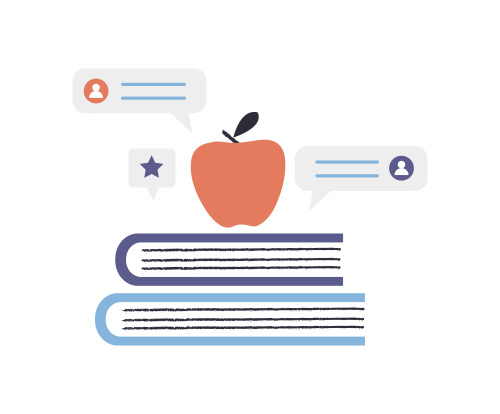Blog
Why the Future of Learning is Digital
on August 28, 2020

Pandemics. Rising tuition fees. Technological proliferation. There are just three of the reasons why traditional education is appearing increasingly less attractive to parents, educators, and school owners around the world. The ripples of the COVID-19 pandemic are still being felt, and the way in which students learn and institutions provide education is poised to change forever. But what does that mean for schools, universities, and other educational institutions which have relied on in-person, attendance-based curriculums for their entire existence?
Post-COVID
At the peak of the global lockdown, more than 1.6 billion students were unable to go to school, and many tertiary education institutions had their studies ended or significantly disrupted due to COVID-19. The pandemic has ushered in a rapid and seismic change in order to ensure that lessons continue and learners are still able to have access to education. Transitioning to an online forum has been a challenge, to say the least, but it has also demonstrated what is possible when it comes to digital learning. Pre-pandemic, online learning was seen as a solution for those whose lives were too busy to attend classes, or as a more affordable alternative to signing up to an expensive, prestigious university. Now it’s reputation has morphed, and it’s recognized as a powerful tool that anyone can use effectively and safely.
Education in the Developing World
This isn’t just useful in America, Europe or other developed countries. The rapid digitalization of remote learning can also be utilized by students in developing countries, who often don’t have access to a physical classroom but do have access to a smartphone or media center. By providing students with the opportunity to learn at the same pace and with the same courses as those in the developed world, it’s possible to disseminate quality information directly to those who need it most, without the hefty price tags that are normally part and parcel of elite schooling institutions.
A Hybrid Model
While many people will welcome this shift to a completely online learning experience, others might not be so easily convinced. In a safe world free from infection, there’s a lot to be said about social interaction and rapid-fire communication between lecturers and students. Some feel that certain parts of traditional learning can’t be substituted by online learning. A solution, in that case, might lie in a hybrid model that allows students equal time studying at home and on-campus.
Students could listen to and study lectures that require little personalization at home at their own pace, while time on campus could be spent learning more specialized skills and theory which is more difficult to absorb using only a laptop.
This model would allow lectures and other educational content to be learned at home for a low cost while utilizing classroom time for much more necessary, critical, and valuable learning experiences. With more learning done at home, the hybrid model would also free up valuable resources for universities. This has the potential to lower the cost of education across the board, making it more accessible to the people who need it most.
